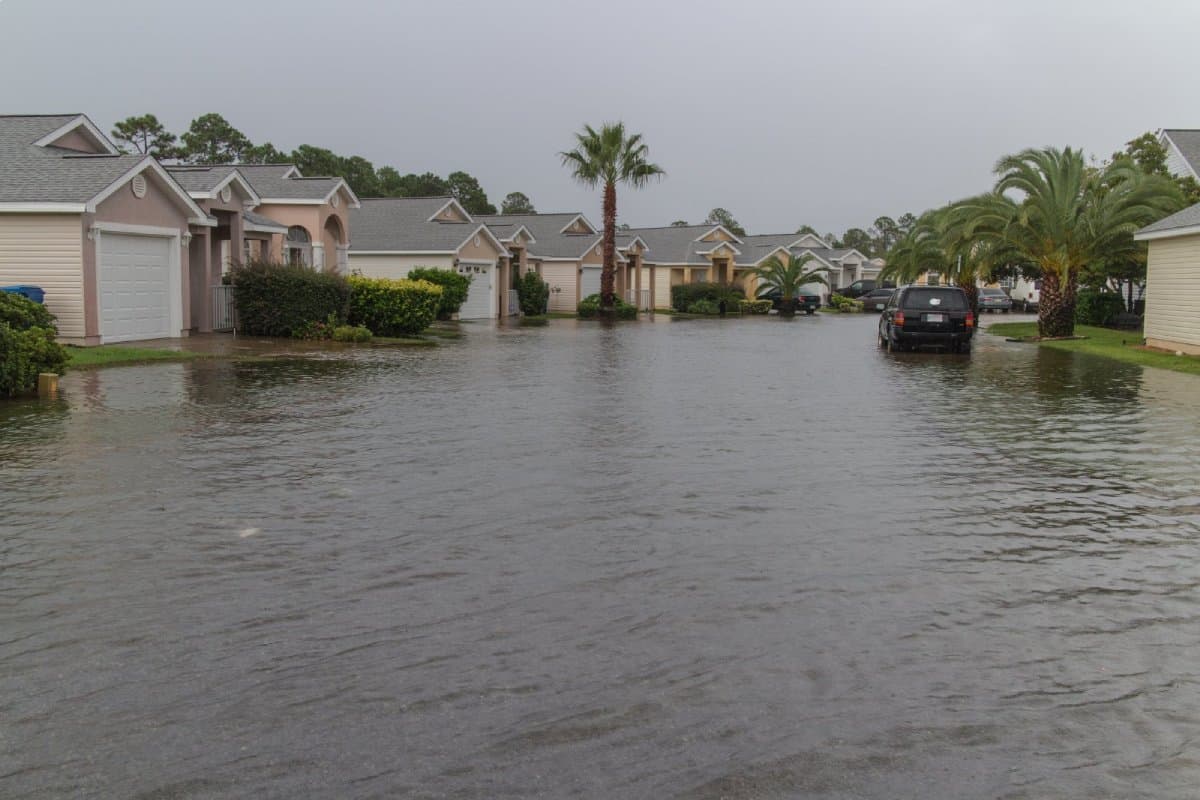Flooding in Louisiana isn’t just a seasonal nuisance; it’s a relentless threat that shapes lives and landscapes. With recent severe storms and rising sea levels, Governor John Bel Edwards faces the critical task of balancing immediate disaster response with long-term resilience. Are his strategies enough to protect communities and secure their future? The stakes are high, and public trust is a significant concern.
Understanding the Core Issues

Louisiana’s battle with flood risk is a persistent challenge, marked by frequent deluges that disrupt lives and damage property. The state’s geographical vulnerability, combined with climate change, makes flooding a constant threat. Governor Edwards aims to address this with new technologies, improved infrastructure, and strategic policies. “We must protect our communities from the increasing threats posed by climate change,” Edwards asserts.
Public Perception: Trust in Flood Management

Public trust in flood management strategies is crucial. Recent surveys reveal mixed feelings about current measures. While some appreciate the state’s proactive approach, others remain skeptical, citing past failures and ongoing issues.
Mixed Reactions

A 2022 survey by the Louisiana State University’s Public Policy Research Lab found that only 54% of respondents felt confident in the state’s flood management efforts. Many residents, especially those who have suffered repeated flooding, remain unconvinced that the measures are sufficient.
Building and Maintaining Trust

Governor Edwards acknowledges the need for building trust. “We must continue to communicate transparently with our communities and ensure they see the benefits of our efforts,” he states. Efforts include public forums, regular updates, and involving community leaders in decision-making processes.
The Evolution of Flooding in Louisiana

Louisiana has faced catastrophic flooding, from the Great Flood of 1927 to Hurricane Katrina. These events have reshaped the state’s approach to flood management, transitioning from reactive to proactive strategies. The legacy of past floods informs current policies, emphasizing robust infrastructure and community resilience.
Current Flood Trends and Data

Flooding in Louisiana is becoming more frequent and severe. NOAA reports a 30% increase in annual rainfall over the past decade. The economic impact is staggering, with damages often reaching billions of dollars. However, skepticism persists among residents about whether these data-driven approaches translate into effective action on the ground.
New Strategies and Innovations

Governor Edwards has introduced several initiatives to enhance flood resilience. These include expanding levee systems, advanced drainage technologies, and wetlands restoration. There’s also a push for stricter building codes and improved land-use planning. “We are investing in our infrastructure and natural defenses to better protect our state,” says Edwards.
Expanding Levee Systems

Strengthening and expanding levee systems are critical to providing better protection against storm surges and river flooding, especially in vulnerable areas. Yet, some residents remain doubtful about whether these levees can withstand increasingly severe weather events.
Advanced Drainage Technologies

Implementing advanced drainage technologies manages excess water more effectively. Upgrading existing systems and incorporating new technologies help handle heavy rainfall efficiently. Despite these advancements, public confidence in these technologies remains lukewarm.
Wetlands Restoration

Investing in wetlands restoration absorbs floodwaters and protects against storm surges. These natural defenses are crucial for reducing flooding impacts. However, the long-term effectiveness of these restorations in the face of climate change is a point of concern for many.
Stricter Building Codes

Stricter building codes ensure new constructions are more resilient to flooding. This includes elevating structures and improving design standards to withstand severe weather. Residents, however, worry about the costs and feasibility of retrofitting older buildings to meet these standards.
Community Impact: Diverse Reactions Across Louisiana

The impact of flood management efforts varies widely. Urban areas like New Orleans benefit from advanced infrastructure but still face high flood risks. Rural communities struggle with limited defenses and slow recovery. The disparity highlights the need for an equitable disaster management approach.
Urban vs. Rural Perspectives

Residents of New Orleans generally acknowledge improvements but remain cautious. In contrast, rural communities often feel neglected. This urban-rural divide fuels further skepticism about the effectiveness and fairness of the state’s flood management policies.
Economic Considerations: The Cost of Compliance

Flood mitigation strategies come with a hefty price tag. Expanding levee systems, improving drainage infrastructure, and enforcing new building codes are costly. For many local governments, especially in less affluent areas, these expenses pose a substantial financial burden.
The Cost of Compliance

Additional staff and resources to manage these changes further strain limited budgets, potentially affecting other essential services. This financial strain contributes to public distrust, as residents fear other critical services might suffer.
The Role of Federal Assistance

Federal support is crucial for Louisiana’s flood management. Programs like FEMA provide essential funding for disaster response and infrastructure improvements. However, federal aid can be slow, leading to delays in critical flood relief efforts. This reliance on federal aid underscores the need for robust state-level initiatives, yet it also highlights the slow bureaucratic processes that frustrate residents.
Future Outlook: Adapting to a Changing Climate

Louisiana faces the challenge of adapting to climate change. Increased rainfall, rising sea levels, and more frequent storms require continuous adaptation and innovation in flood management. Governor Edwards’ policies must evolve to ensure long-term resilience and protection for communities. The ongoing challenge will be to rebuild public trust as these policies are implemented and tested.
Recommendations for Effective Flood Management

To enhance flood resilience, recommendations include investing in cutting-edge flood prediction technologies, prioritizing natural flood defenses, and ensuring equitable resource distribution. Community engagement and education are also crucial for building a resilient and informed populace. Transparent communication and visible, effective action will be key in rebuilding and maintaining public trust.
A Flooded Future? The Road Ahead

Louisiana’s flood management strategies will be tested by future weather events. Significant progress has been made, but the battle against flooding requires sustained effort and innovation. Will these strategies stand the test of time, or will new challenges push them to their limits?
Featured Image Credit: Shutterstock / johnmoorefour.
For transparency, this content was partly developed with AI assistance and carefully curated by an experienced editor to be informative and ensure accuracy.





